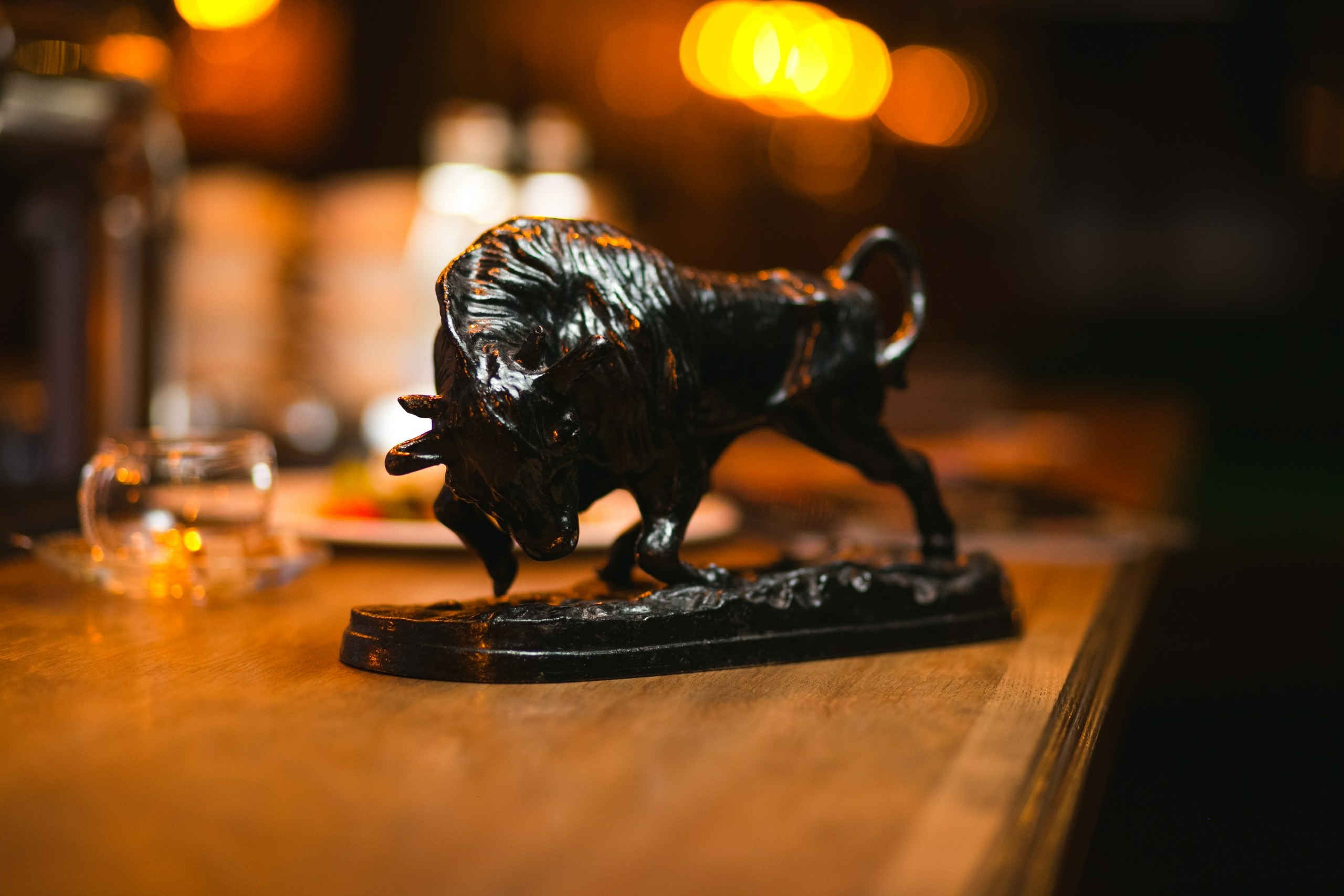China’s steel giants lost $11 billion in first 10 months of 2015

“Grasp revolution, increase production, relentlessly strike at imperialism, revisionism and reactionaries!” (Image by chinaposters.net on Flickr)
Chinese steelmakers, determined to keep their world’s leadership in the sector, have been boosting sales at the expense of profits. From January to October this year, they have churned out a combined $11 billion (Rmb72bn), or more than double the profits reaped in 2014.
But the country’s exports of the metal in the period went the opposite way, increasing 25% to 92 million metric tons as domestic demand began waning. As Financial Times reports, the boost in shipments has not been not enough to offset the effects of a declining local market. This, as Beijing has only cut 50m tonnes of steel manufacturing capacity this year, or a mere 4% of its total 1.14 bn tonnes of capacity, the paper said quoting data from HSBC:
The bank calculates China would need to cut an additional 120m to 160m tonnes of capacity next year for the industry-wide utilization rate to reach a “relatively healthy” level of 80 per cent.
“The problem with China is that they want to sell at any price, not withstanding the losses that they are incurring,” Seshagiri Rao, chief financial officer at JSW Steel, India’s third-largest steelmaker, told Bloomberg. That’s an “unfair trade” strategy, Rao said.
The slump in steel prices is, as expected, adding more pain to the already troubled iron ore market. The steel-making ingredient fell to a 10-year-low of $39.40 a tonne, the lowest ever recorded by price assessor The Steel Index (TSI), which began compiling data in 2008. Meanwhile, the most-active iron ore futures in Singapore also sank below $40 a tonne this week for the first time ever.
The decline in Chinese steel consumption is accelerating with use falling almost 6% to 590.47 million tonnes in the January to October period, industry group China Iron and Steel Association said in November. That’s tracking way below estimates by the World Steel Organization, which forecasts steel demand in China will shrink by 3.5% before the end of the year.
{{ commodity.name }}
{{ post.title }}
{{ post.date }}




Comments